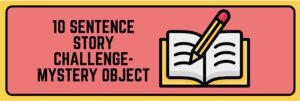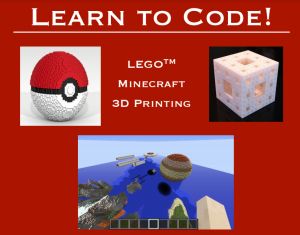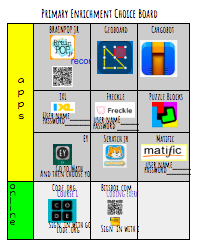 Homonyms can also have identical pronunciations and spellings but different meanings, such as “quail” (the bird) and “quail” (to cringe). Homographs are words that are spelled the same, have different meanings, and MAY be pronounced differently. This mini spark will let you be creative in your writing to create fun sentences.
Homonyms can also have identical pronunciations and spellings but different meanings, such as “quail” (the bird) and “quail” (to cringe). Homographs are words that are spelled the same, have different meanings, and MAY be pronounced differently. This mini spark will let you be creative in your writing to create fun sentences.
Spark your thinking!
1. Set up your language arts mini spark recording page: #26: Use Every Meaning
2. This morning before school, I made a racket when I dropped my racket down the stairs. What do you notice about this sentence? Check out this website that shows some words with multiple meanings. Record the 3 most interesting and each of the meanings on your recording page.
3. Look over this sentence with the word “subject” used in different ways. On your recording page, write all three of the definitions for subject.
Evil King Byrd liked to subject his subjects to lectures about his favorite subject: the history of the toothpick.
4. Write 3 of your own sentences that are like the sample above. If you want to look at a list to get started then click here. You are not limited to just using words with two meanings. You can use your own ideas as well. Record your sentences on your recording sheet.
5. Increase the complexity to include multiple meanings of three different homographs in one paragraph. As a reminder a homograph are words that is spelled the same but has a different meaning and potentially a different pronunciation. Look over this sentence with duck, bank, and dove. On your recording page, write the all of the definitions for duck, bank, and dove as used in this sentence
The skateboarding dove banked her skateboard off a river bank, ducked into a spin, and then dove under the water, barely missing a duck.
6. Extra Challenge: Set your timer for 5 minutes. Try to think about how to write your own sentence with 3 different homographs!!! Record your ideas.
7. Share your language arts mini spark recording page with your teacher/EY coordinator.
Lesson adapted from https://www.byrdseed.com/homographs-homonyms/
Looking to try more word puzzles? Check out the Rhyme Out badge at the EY website.


 Learn how to sign animal names in this early enrichment mini spark.
Learn how to sign animal names in this early enrichment mini spark.

 Homonyms can also have identical pronunciations and spellings but different meanings, such as “quail” (the bird) and “quail” (to cringe). Homographs are words that are spelled the same, have different meanings, and MAY be pronounced differently. This mini spark will let you be creative in your writing to create fun sentences.
Homonyms can also have identical pronunciations and spellings but different meanings, such as “quail” (the bird) and “quail” (to cringe). Homographs are words that are spelled the same, have different meanings, and MAY be pronounced differently. This mini spark will let you be creative in your writing to create fun sentences.








